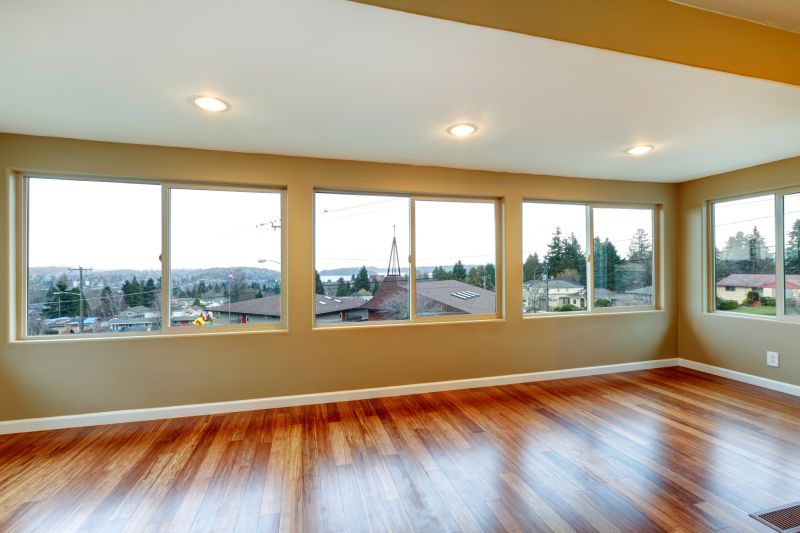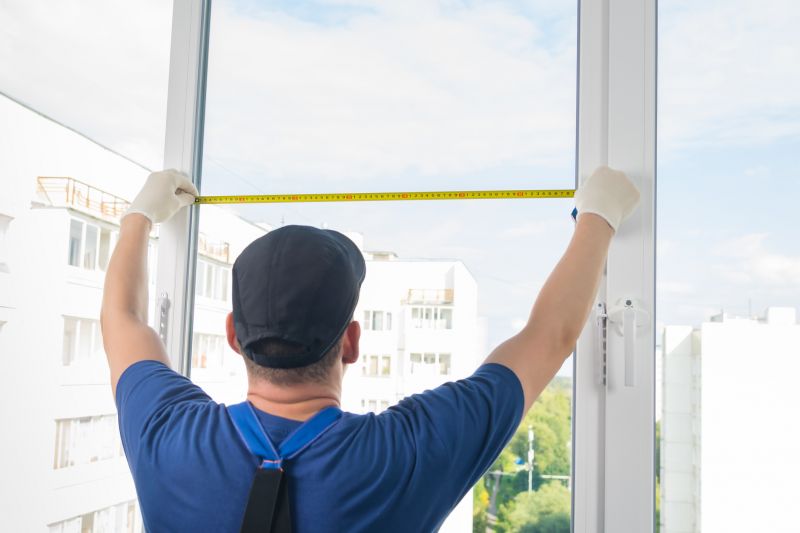Optimal Timing for Windows Installations
Determining the best time for Windows installations involves considering factors such as system readiness, workload schedules, and environmental conditions. Proper timing can ensure smoother transitions and minimize disruptions.
Spring and fall are often ideal for installations due to moderate temperatures and less extreme weather conditions, reducing potential delays.
Scheduling during periods of lower operational activity minimizes impact on productivity and allows for thorough testing.
Perform installations when hardware and software are fully prepared, avoiding peak usage times to ensure minimal downtime.
Align installations with planned updates or upgrades to streamline processes and reduce conflicts.

Image depicting a technician performing a Windows setup on a desktop.

Image showing hardware being configured prior to Windows installation.

Image illustrating a technician reviewing software compatibility before installation.

Ways to make Windows Installations work in tight or awkward layouts.

Popular materials for Windows Installations and why they hold up over time.

Simple add-ons that improve Windows Installations without blowing the budget.
| Factor | Best Timing Advice |
|---|---|
| Weather Conditions | Schedule during moderate weather to avoid delays caused by extreme temperatures or storms. |
| Operational Downtime | Plan installations during low activity periods to minimize disruptions. |
| Hardware Availability | Ensure hardware components are ready and available before scheduling. |
| Support Resources | Coordinate with support teams during times when assistance is accessible. |
| Update Cycles | Align with planned software updates for efficiency. |
| Staff Availability | Choose times when technical staff are fully available. |
| User Convenience | Select times that cause the least inconvenience for end-users. |
| Environmental Factors | Avoid periods prone to power outages or other environmental disruptions. |
Windows installations are critical procedures that require careful planning to ensure effectiveness and minimal impact on daily operations. Properly timed installations can lead to improved system performance, security, and user experience. Statistics indicate that scheduling during off-peak hours can reduce downtime by up to 50%, and seasonal planning helps prevent delays caused by weather or hardware availability.
Understanding the optimal timing for Windows installations involves evaluating multiple factors, including environmental conditions, operational schedules, and technical support availability. By aligning installation schedules with these factors, organizations can achieve smoother transitions and better system performance.

Image of a technician installing Windows on a workstation.

Image showing hardware diagnostics before Windows installation.

Image depicting configuration settings after Windows setup.

Image of support personnel assisting with installation issues.

High-end options that actually feel worth it for Windows Installations.

Finishes and colors that play nicely with Windows Installations.

Little measurements that prevent headaches on Windows Installations day.

A 60-second routine that keeps Windows Installations looking new.
Interested in scheduling a Windows installation? Filling out the contact form can help determine the most suitable time for the process, ensuring minimal disruption and optimal system performance.

